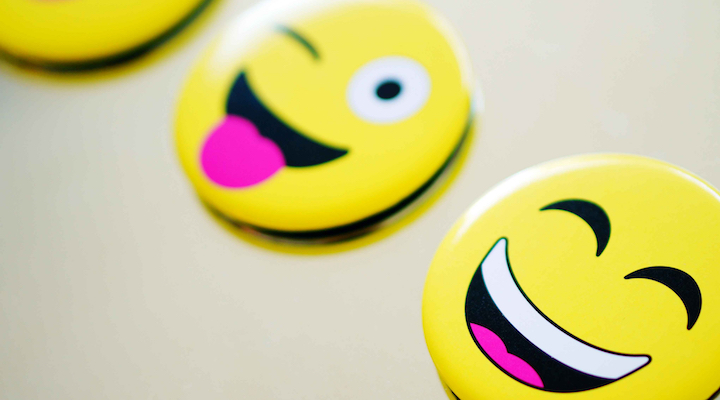
Emojis—small digital icons used for expression—are used by 92% of people online. They’re not just for millennials either—every age group uses emojis. Whether you want to illustrate chattering teeth or a glad grin, there’s an emoji for just about everything.
Learn why emojis are the facial expressions and gestures of the digital world (and the science behind them):
1. Emojis provide understanding.
If speakers can’t perform gestures with the spoken word, their message becomes unclear to listeners, according to speech researchers. Emojis do what expressions and gestures do in face-to-face communication. They influence how our text is interpreted. Saying “Congratulations!” with a smile is much more effective than wishing well with a blank face. An emoji puts that message in context—just like a face-to-face interaction does.
2. Emojis create connection.
It’s no surprise then that 8 of the most frequently used emojis are faces. Smiles—and facial expressions in general—are contagious. It’s human nature to smile when we see others with happy expressions. When we look at a smile online, our brain lights up the same way as if we saw a person smiling in real life. This reaction causes mood changes, and we might even alter our facial expressions to match the emoji’s emotion.
3. Emojis are easy.
Out with the LOL and ILY, in with and . Not only are emojis faster than typed-out shortcuts, they’re a better fit for what they’re trying to say. For instance, it’s much easier to insertthan to type, “I am laughing so hard that I’m crying!” Emojis are brief, cut down character counts and get straight to the point.
What do you think about this new visual language? Tell us (or show us!) how YOU feel about emojis!

